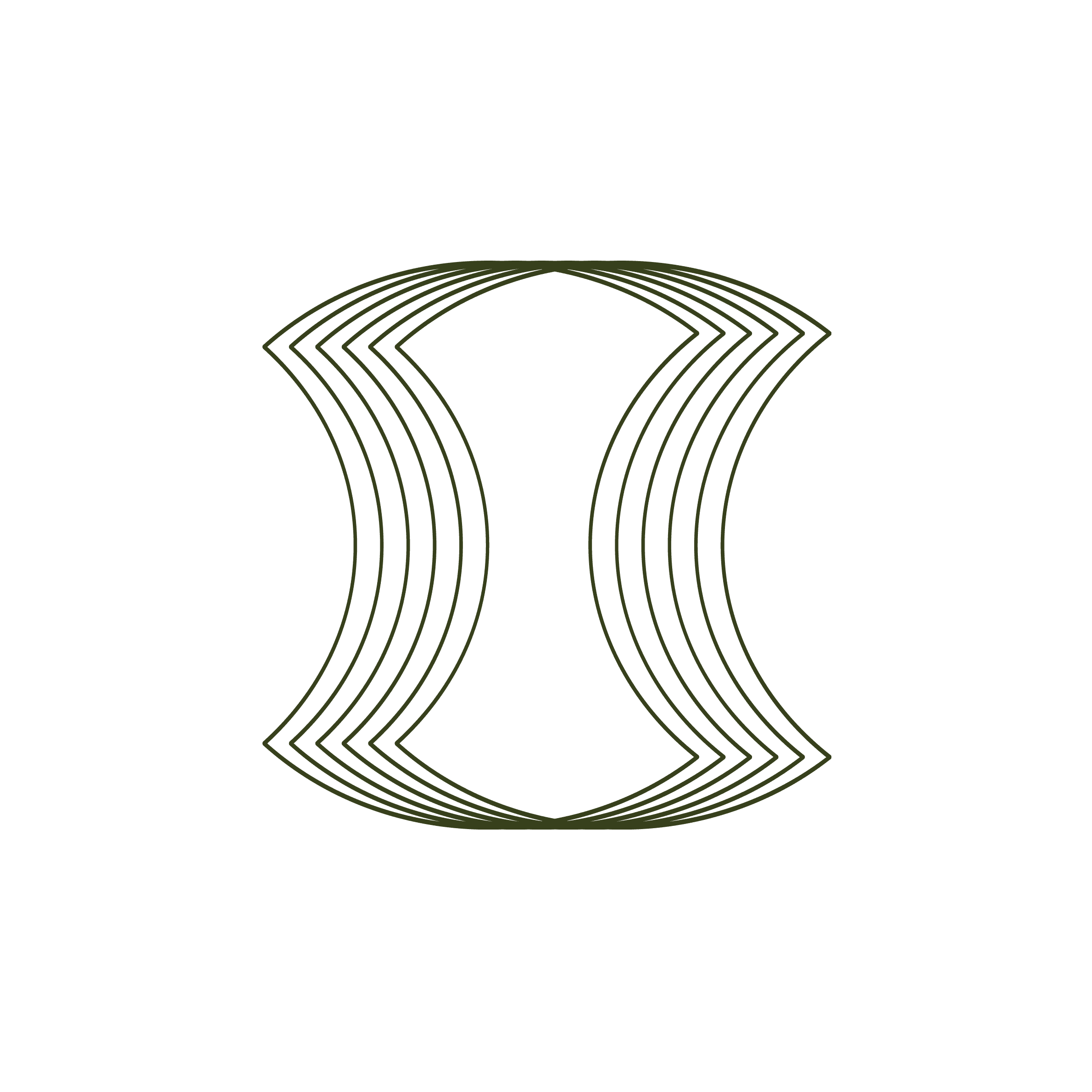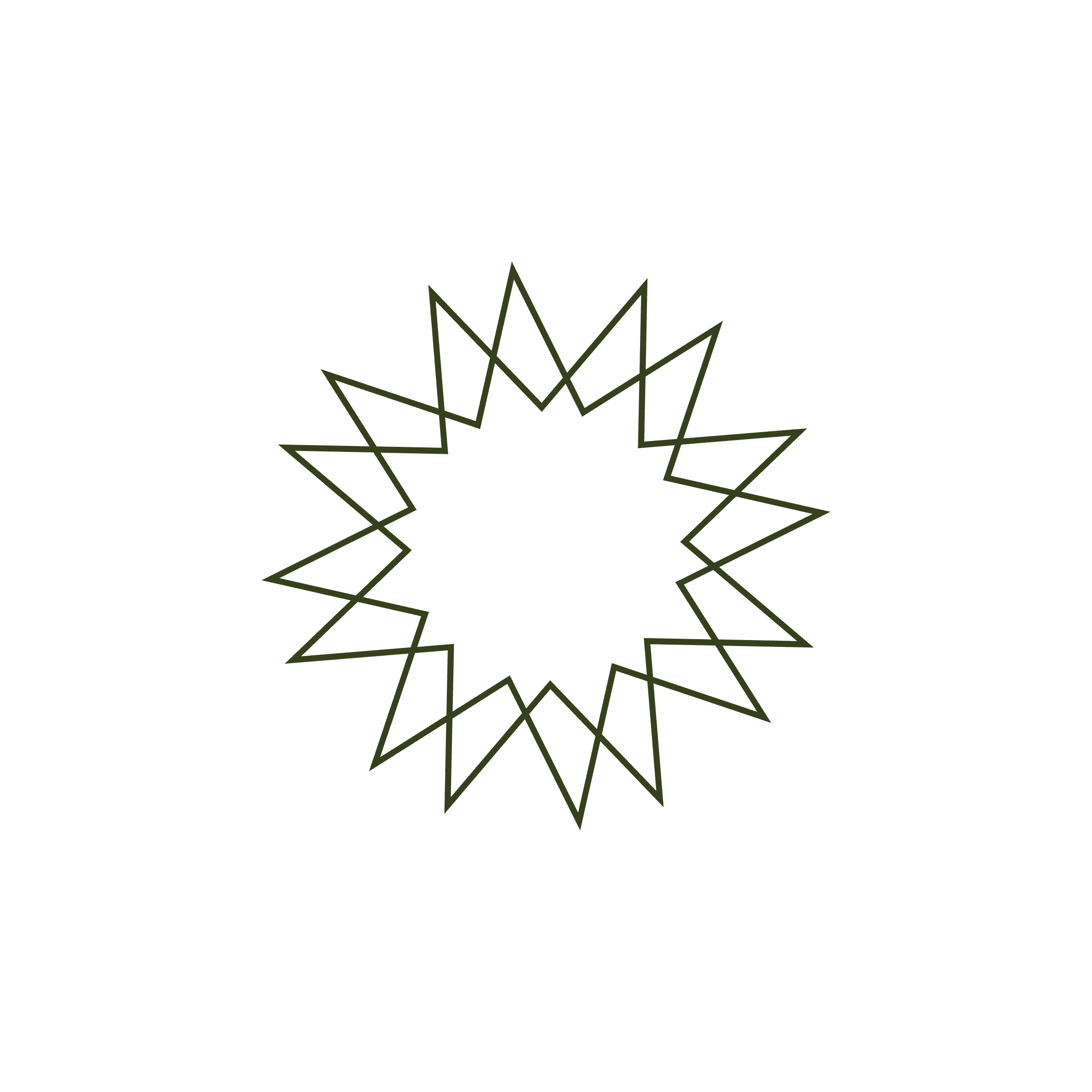
Critical Thinking
Takeaways
1
Critical thinking involves making reasoned judgments through systematic analysis of evidence, not just finding fault.
2
In today's digital information landscape, the ability to distinguish fact from fiction is essential, particularly during election periods.
3
Effective critical thinking requires active questioning of assumptions, recognition of biases, and systematic evaluation of information sources.
4
Information must be "framed" before consumption - like preparing to swim, one must approach every piece of information with a structured analytical mindset.
Being critical does not just mean finding fault. It means assessing evidence from a variety of sources and making reasoned conclusions. As a result of your analysis you may decide that a particular piece of evidence is not robust, or that you disagree with the conclusion, but you should be able to state why you have come to this view and incorporate this into a bigger picture of the literature.
Critical thinking is the art of making clear, reasoned judgments based on interpreting, understanding, applying and synthesising evidence gathered from observation, reading and experimentation
— Burns, T., & Sinfield, S. (2016)
Online platforms have revolutionised how we consume information, and along with it, how malicious actors create and spread misinformation and disinformation, making it a top global risk. As we approach the end of this pivotal election year, the ability to use critical thinking to tell fact from fiction is a vital skill. A critical thinker is someone who:
- Actively and skillfully conceptualizes, applies, analyzes, synthesizes, and evaluates information
- Uses observation, experience, reasoning, and communication to guide their beliefs and actions
- Questions assumptions, recognizes biases (including their own), and seeks evidence before drawing conclusions
- Remains open-minded and willing to consider alternative perspectives
- Applies logical and systematic approaches to problem-solving and decision-making
Ask yourself: What can you trust? What do you know for sure and how do you know it? It is important to prepare our minds to deal with information. Take a moment to think about how you think about information. Before we can assess information, we must first be able to critically engage with it.
For example, how do you prepare to swim? Do you dive right in? Probably not… instead you may frame the scenario by changing into a bathing suit, taking a shower, judging how deep the water is, making sure you have a towel, checking if you need sunscreen and so on. Information framing follows the same logic: we must approach any information we receive critically. Every single time.We have to consider why this is a problem and who or what is being impacted.
Checklist
Who is reporting the information and what are their credentials and track record?
Do they have any potential biases or conflicts of interest?
Are there important contextual factors missing that might influence the results?
What information might be missing from the report?
Can the statements and assertions be backed up with evidence?
Have you used a third party to corroborate the information?
Have opinions been presented as facts?
Is there anecdotal evidence presented as consistent factual occurrence?
Can you discern ‘intention’ and ‘direction’ in the information made available to you? If so question it.
Up next

Misinformation and disinformation are often conflated under a shared umbrella, however, it is critical to understand they are vastly different: in creation, sharing, and intention. Misinformation should not be viewed as ‘innocent’ or unintentional; it is not the lesser of two evils.
Interested to learn more?
Sign up today to get notified on the future of communication and AI